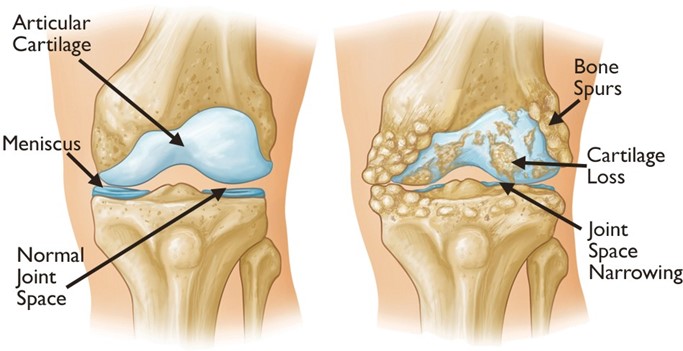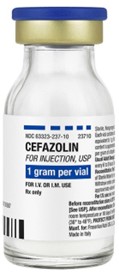A nurse has obtained a client's oxygen saturation measurement of 88% on 2 liters of oxygen via nasal cannula. Which of the following actions should the nurse take?
Check the client's heart rate on the oximeter
Compare the result with the baseline reading
Decrease the amount of oxygen administered
Perform another reading while the client ambulates
The Correct Answer is B
Answer: B. Compare the result with the baseline reading
Rationale:
A. Check the client's heart rate on the oximeter:
Although checking the heart rate may provide context for assessing the client's overall status, it does not address the primary concern of the low oxygen saturation. Understanding the client's baseline saturation level takes priority to guide further actions effectively.
B. Compare the result with the baseline reading:
Comparing the reading with the client's baseline is essential. For clients with chronic respiratory conditions, baseline oxygen levels may naturally be lower. Identifying if this 88% saturation is typical or unusual for the client helps determine the need for further intervention or adjustment.
C. Decrease the amount of oxygen administered:
Reducing oxygen flow when the saturation is low is contraindicated, as it could worsen hypoxia. Instead, increasing oxygen may be warranted if the reading remains below the baseline after further assessment.
D. Perform another reading while the client ambulates:
Repeating the reading during ambulation may worsen hypoxia and is not ideal without understanding baseline oxygenation at rest. Re-evaluation at rest or in a different position may be more appropriate for accurate assessment.
Nursing Test Bank
Naxlex Comprehensive Predictor Exams
Related Questions
Correct Answer is B
Explanation
Applying heat to the affected joints can help relieve pain and stiffness. A heating pad or warm compress can be used to apply heat to the hands.
The other options are not correct because:
a) Sleeping on a soft mattress is not mentioned as a way to manage osteoarthritis symptoms.
b) Aspirin should be taken with food or milk to reduce stomach irritation.
c) Exercising inflamed joints excessively can worsen symptoms. It is important to balance rest and activity.

Correct Answer is C
Explanation
The nurse should clarify the prescription for cefazolin with the provider. Cefazolin is a cephalosporin antibiotic, and there is a risk of cross-reactivity in individuals who have an allergy to penicillin.
a) Doxycycline and b) Vibramycin (which is another name for doxycycline) are tetracycline antibiotics and are not related to penicillin.
d) Gentamicin is an aminoglycoside antibiotic and is also not related to penicillin.

Whether you are a student looking to ace your exams or a practicing nurse seeking to enhance your expertise , our nursing education contents will empower you with the confidence and competence to make a difference in the lives of patients and become a respected leader in the healthcare field.
Visit Naxlex, invest in your future and unlock endless possibilities with our unparalleled nursing education contents today
Report Wrong Answer on the Current Question
Do you disagree with the answer? If yes, what is your expected answer? Explain.
Kindly be descriptive with the issue you are facing.
